High-end animation company, Blur Studio creates award-winning game cinematics, feature films, episodic series, and commercials. Founded by director Tim Miller as an artist-first destination for collaboration, Blur excels at telling great, visually interesting stories in its signature style. Among the company’s recent credits, it developed and created Netflix’s animation anthology series Love, Death + Robots, currently in production on the fourth season, and recently completed a standout cinematic trailer for upcoming action-adventure game Exodus from Archetype Entertainment.
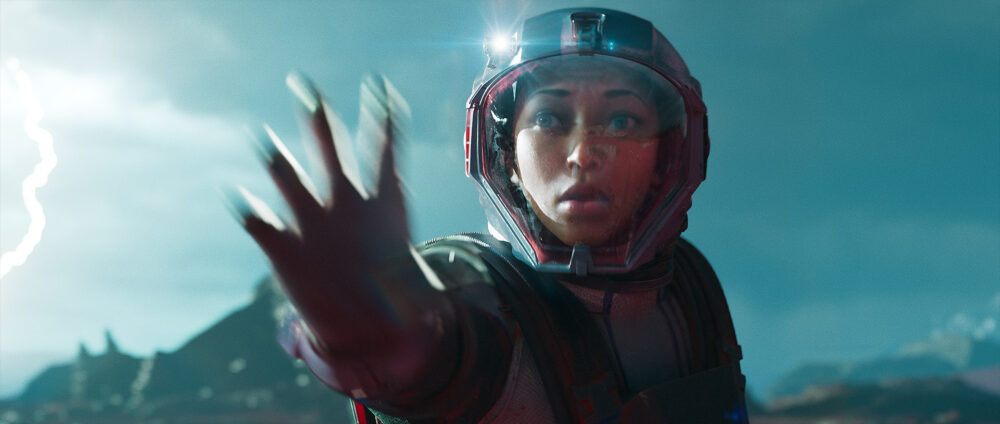
Behind the scenes, Blur Studio Head of Systems Sean Cody is responsible for keeping artists well-equipped, so that they can focus on doing what they do best. He recently began testing the new HP Z6 G5 A desktop workstation, provided by HP, and found it to be a powerful and compact machine. It features a next-generation AMD Ryzen Threadripper PRO CPU and can also accommodate up to three GPUs, enabling artists to create and render composites efficiently–a huge advantage when working on massive photo-real CG scenes such as those featured in the Exodus Game trailer.
“This machine is the most powerful workstation at Blur right now. It was quite surprising that I could just drop it in, and artists were using it in production within 15 minutes,” says Cody. “I’m surprised how light, quiet and compact this machine is compared to our other Threadripper workstations. It’s an impressive system for sure, not just performance wise–but also for the well-designed physical build.”
Achieving Next-Level Cinematic Trailers
Blur recently completed a cinematic game trailer for the AAA sci-fi action-adventure role-playing game franchise Exodus from Archetype Entertainment, featuring photo-real digital humans and high action across a distant galaxy. The clip, which debuted at the 2023 Game Awards, is representative of the caliber and complexity of a typical Blur project.
With the image fidelity demanded of these types of projects, the HP Z6 affords artists the freedom to work in massive environment files without having to optimize scenes. Artists cite the advantage of rendering composites locally, and having the ability to work with multiple content creation tools, such as SideFX Houdini and Autodesk Maya, open at the same time.
Many of Blur’s existing high end workstations are custom-built in-house, with Cody and his team buying parts and assembling them to suit artists’ needs. While this approach allows for bespoke customization, it also requires added machine maintenance and management, such as airflow, temperature control, and power regulation.
“In many ways, the Z6 is a purpose-built version of what we create ourselves. I was expecting it to be larger, wider, and heavier given the power of the machine, but it is surprisingly small,” notes Cody. “It’s super quiet and the airflow and performance outpaces any other machine we’ve ever had here across both OEM and custom systems.”
Optimizing Remote Infrastructure
Blur began using the new Z6 during a studio move. With most artists working remotely, the company now primarily uses its physical space to house infrastructure, as well as accommodate local talent in Los Angeles. Many of Blur’s artists remote into their workstations, which are lined up in a dedicated high-density, power-optimized setup at the studio, using a combination of a VPN and HP Anyware. Artists’ workstation assignments can be easily adjusted based on project demands.
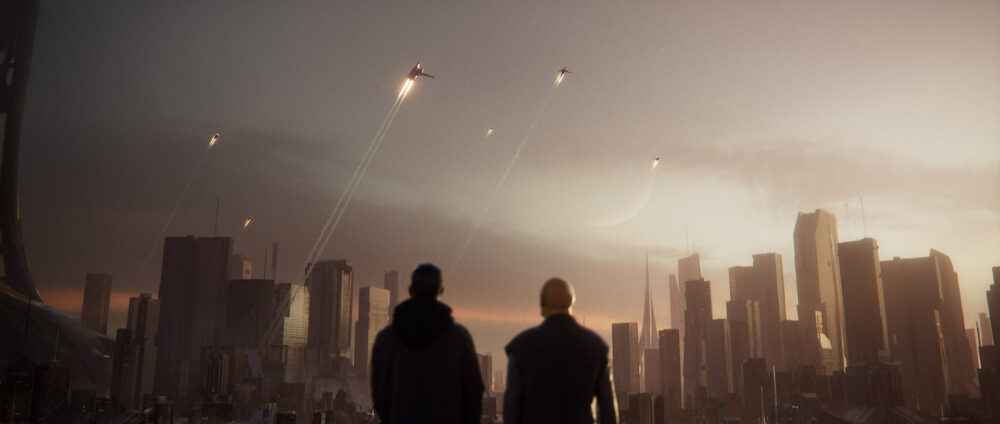
“HP Anyware is a tool we live and breathe by,” Cody shares. “We use it to connect our HP machines, then it’s like our artist teams are still in the office and can switch virtual seats quickly and easily. Our setup is meant to be flexible, and since the HP Z machines are small, we could easily connect several without issue. With some of our other machines, we’re limited in terms of density, and those form factor issues are serious considerations given energy and space constraints.”
In evaluating the HP Z6 G5 A, Cody and his team aligned the machine with an existing yet comparable workstation to provide an accurate baseline. “We didn’t want to compare a Camry to a Porsche,” he explains. “What we found is that everything loaded extremely quickly with the Z6. Artists were able to turn around work a lot faster, without bogging down the machine.
The memory platform change from DDR4 to DDR5 is a big deal because you don’t have to make certain compromises, and can feed the beast more, the beast being the CPU.”
Cody also found the direct PC lanes to the processor to be beneficial in that he didn’t have to make as many choices concerning input/output (I/O). On other workstations without Threadripper PRO CPUs, I/O choices must be made carefully so that complex scenes don’t create bottlenecks. The added power accommodates for double memory, allowing artists to work with fewer constraints.
“One thing that annoys me to no end, especially on OEM machines, is that often you can choose your own GPU, but then you’re expected to use everything else that’s on board,” Cody notes. “The Z6 G5 A left more than enough room for us to expand and change without making compromises. GPUs are gigantic these days, so even that extra space was very much appreciated and will be key to start throwing our latest project at it.”
Surpassing Simulation Benchmarks
The Z6 G5 A has enhanced multiple workflows at Blur, although its processing power shines in simulation work. When one of Blur’s simulation artists was running into issues doing concept work on a shot in SideFX’s Houdini, Cody assigned them the Z6 to help troubleshoot. The artist had been pushing the previous machine with a pre-optimized shot, which kept failing.
“The Z6 G5 A not only handled the shot, but the artist was also able to do so much more with the simulation,” Cody explains. “Part of what we do at Blur is get things as super high fidelity as possible — way beyond everyone’s expectations, then dial it back to optimize a scene until it’s doable. This machine allowed us to push things even further with less optimization or troubleshooting, giving artists more time to put stuff on the screen, which is ultimately our goal.”
In addition to using the Z6 G5 A with Houdini, Autodesk Maya artists have also been putting the machine to work for character modeling. “Character modeling and FX are the heaviest in terms of processing workload, so we reserve our highest-end desktops for these two functions, though our scene assembly artists have shown interest in these machines as well,” Cody shares.
Moving into Real-Time
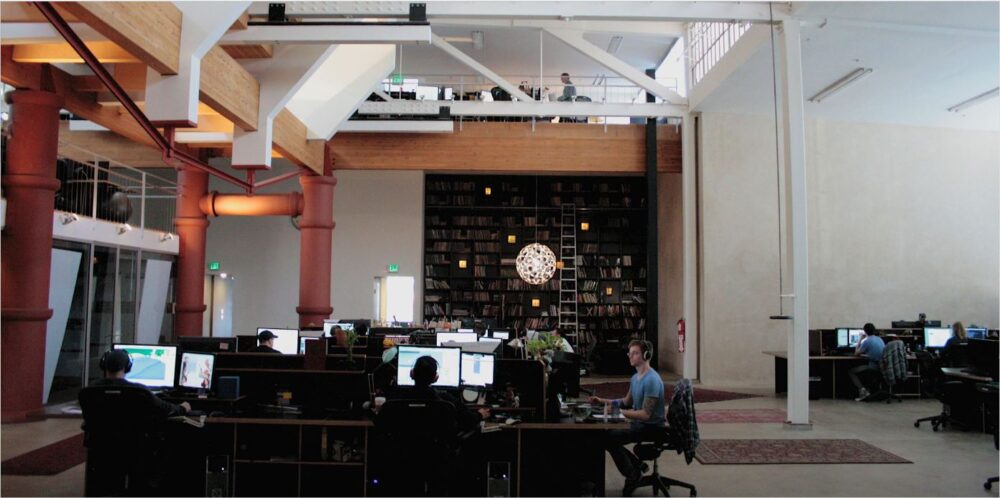
Along with using the Z6 G5 A for simulation and character modeling, Blur has been testing it with Epic Games’ Unreal Engine for video production and is getting great results. To further optimize the workflow for Blur’s distinct style and use case, the Blur team is collaborating closely with Epic. “Unreal is a great technology and now we’re pushing the edges together,” concludes Cody.
To learn more about how to create and render complex projects at once, check out the HP Z6 G5 A desktop workstation PC.






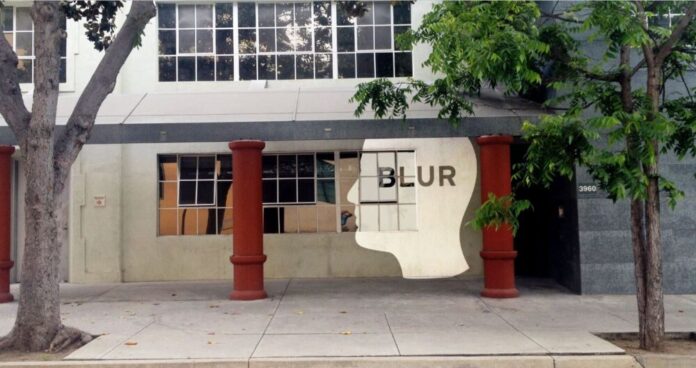
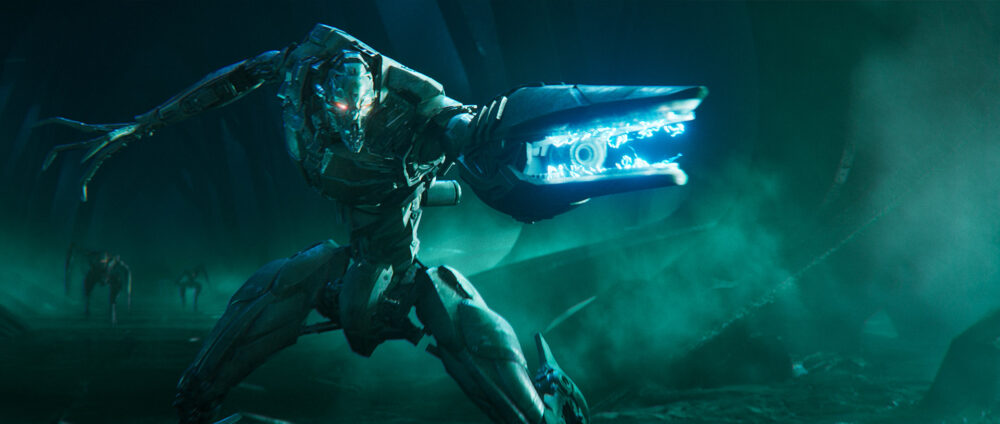


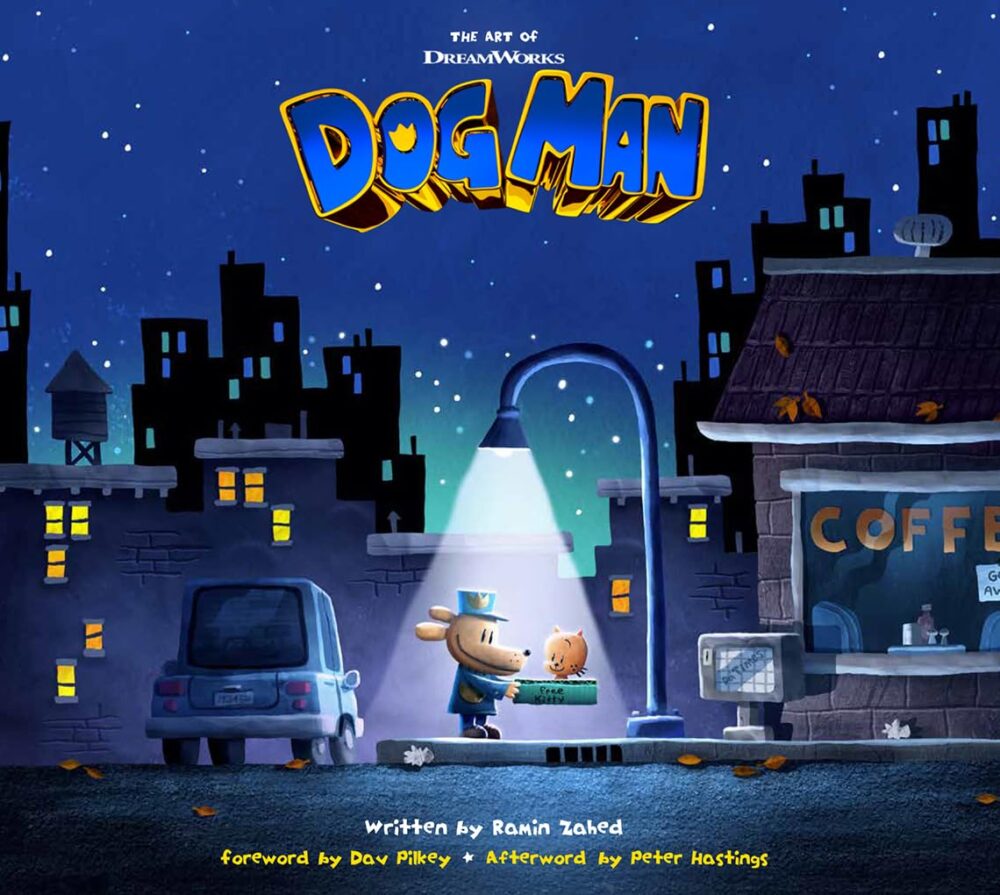 Win 'The Art of DreamWorks Dog Man'!
Win 'The Art of DreamWorks Dog Man'! 

